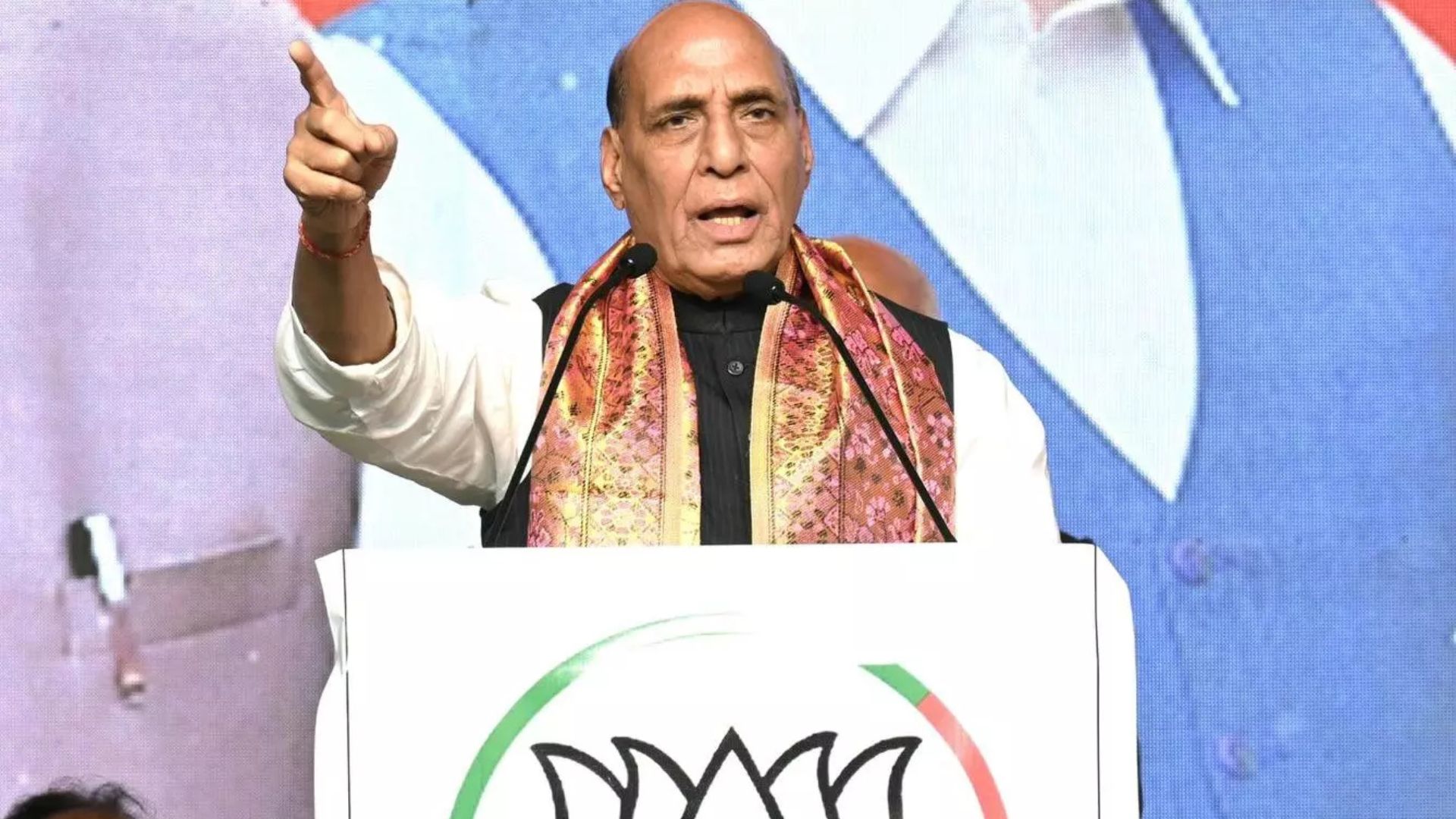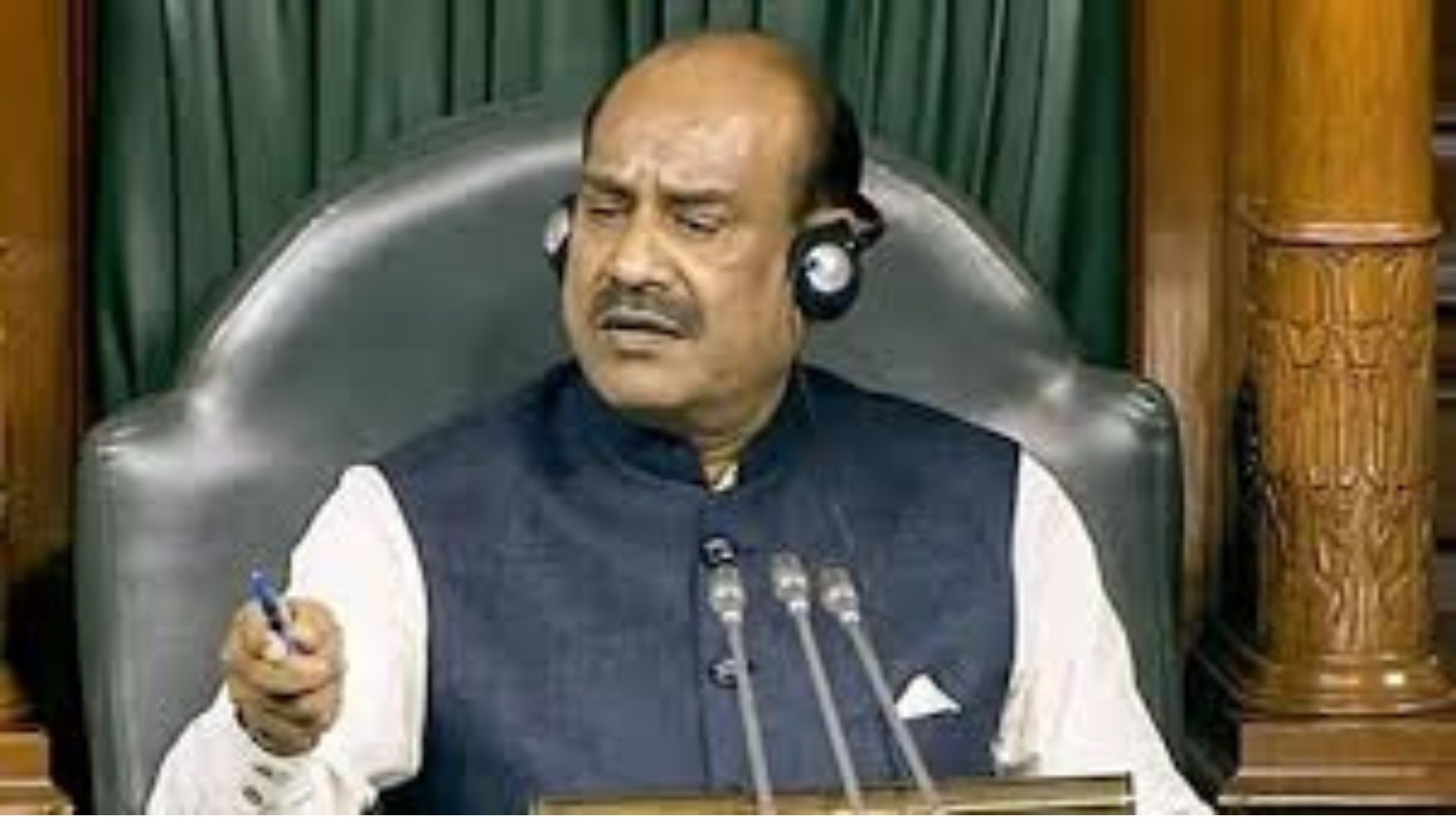
In the face of our climate crisis, adaptation is not a luxury; it is a necessity. The 28th Conference of the Parties (COP28) to the United Nations Framework Convention on Climate Change (UNFCCC), held in Dubai, marked a watershed moment in the global response to climate change. This pivotal meeting was instrumental in advancing the international community’s commitment to addressing climate adaptation through the adoption of the Global Goal on Adaptation (GGA) framework. This development signifies a crucial step forward in moving away from a previously tepid approach towards a more unified and action-oriented stance on climate adaptation, an area that has historically played second fiddle to mitigation in international climate discussions.
The Genesis and Evolution of the Global Goal on Adaptation
The Global Goal on Adaptation, enshrined in Article 7.1 of the Paris Agreement, embodies a collective ambition to enhance adaptive capacity, bolster resilience, and diminish vulnerability to climate change. The concept, initially proposed by the African Group of Negotiators in 2013 and formalised in 2015, aims to ensure that adaptation receives equal priority to mitigation, recognizing its critical role in safeguarding communities, economies, and ecosystems from the adverse effects of climate change.
The GGA serves as a beacon for global efforts, setting specific, measurable targets for adaptation action. It underscores the necessity for all parties to the Paris Agreement to conduct comprehensive assessments of climate hazards and utilise these insights to inform national adaptation plans and strategies by 2030. Moreover, it mandates the establishment of multi-hazard early warning systems and climate information services by 2027, aiming to enhance global resilience and preparedness against climate risks.
Challenges on the Road to Implementation
Despite the ambitious framework outlined by the GGA, its implementation faces significant hurdles. One of the most pressing challenges is the inefficacy of the Nationally Determined Contributions (NDCs) in keeping global temperature increases within the 1.5°C limit set by the Paris Agreement. Current trajectories suggest a potential rise to 2.8°C by century’s end, emphasising the need for enhanced mitigation and adaptation efforts.
The alignment of global and national goals presents another significant challenge. The experiences drawn from the Millennium Development Goals reveal the complexity of translating global commitments into effective national policies and actions. This disconnect underscores the importance of tailoring adaptation strategies to fit national contexts and capabilities, a task complicated by varying levels of administrative capacity and economic development among nations.
Moreover, measuring progress towards the GGA poses its own set of difficulties. Unlike mitigation, which can be quantified through greenhouse gas emissions, adaptation lacks a universal metric, making it challenging to aggregate and compare progress across countries. The ongoing efforts to develop indicators for measuring adaptation progress, as part of the GGA framework, are crucial but remain in their nascent stages, lacking clarity on the parameters and responsible entities for their development.
The Adaptation Finance Gap: A Widening Chasm
A critical barrier to the effective implementation of adaptation measures is the growing adaptation finance gap. The COP28 draft decision highlighted concerns over the widening discrepancy between the estimated costs of meeting adaptation targets and the available financial resources. Despite calls for developed countries to double their adaptation finance from 2019 levels by 2025, current flows fall significantly short of the required $71 billion annually until 2030. This gap not only hampers adaptation efforts but also exacerbates vulnerabilities, particularly in developing countries that bear the brunt of climate impacts.
Insights from the Adaptation Gap Report
The Adaptation Gap Report, published by the United Nations Environment Programme (UNEP), further provides a sobering analysis of the current state of adaptation finance. The report estimates that developing countries require at least $215 billion annually to implement meaningful adaptation measures. However, the actual financial support provided in 2021 was a mere $21 billion, demonstrating a stark disparity between needs and available resources. This financial shortfall highlights the urgent need to address the adaptation finance gap to support vulnerable communities effectively.
Forging a Path Forward
Addressing the challenges outlined requires a multifaceted approach that prioritises adaptation at par with mitigation. An essential step is the development of standardised metrics for adaptation, akin to the CO2 equivalents used in mitigation. Such metrics would facilitate the quantification and comparison of adaptation efforts globally, providing a clearer picture of progress and areas needing attention.
Closing the adaptation finance gap is paramount. Achieving the target of $71 billion annually necessitates increased commitment from both developed and developing countries, alongside innovative financing mechanisms that can mobilise additional resources. International cooperation and partnerships will be vital in this endeavour, leveraging both public and private funds to support adaptation initiatives.
Conclusion
The adoption of the GGA framework at COP28 represents a significant milestone in the global climate agenda, acknowledging the imperative of adaptation in addressing climate change. While the path ahead is fraught with challenges, the framework provides a foundation upon which to build a more resilient and adaptive global community. Overcoming the obstacles of measurement, finance, and policy alignment requires global solidarity, innovative solutions, and unwavering commitment to the principles of equity and sustainability. By bridging the adaptation finance gap and enhancing the effectiveness of adaptation measures, the international community can ensure a more secure and sustainable future for all.
Dr. Kirit P Solanki, Member of Parliament, Lok Sabha
Dr. Kaviraj Singh, Founder and Managing Director, Earthood.















